My art teacher always had an irrational and unexplainable dislike for me. I was the teacher’s pet for very few, but she in particular sported an incredible discontent for my being; as a young child I could never understand why. I think I was seven, or maybe eight, when she willingly mocked me in front of my peers. As the last period on a Friday, we were free to draw whatever and whomever we liked, so, obviously, I drew Crash Bandicoot. Worryingly, I did not understand the concept of limbs, or joints, or any of the basic facets of the human anatomy, so Crash had a head with arms sticking out of the sides, his neck was substituted by legs, and he was devoid of a body; Picasso I was not. Gazing upon this monstrosity, my teacher alerted the rest of the class, held my drawing aloft, and proceeded to criticize the various artistic design choices that I had made. A traumatizing experience, but my love for Crash Bandicoot and friends was unwavered. My reward for enduring Mrs P’s art lessons was the plethora of beautifully constructed worlds that I knew awaited my return home.
Given my age, I had no autonomy over video game acquisitions, and was entirely at the mercy of the purchasing power of my parents. Their video game illiteracy led to Cloud, Solid Snake and Duke Nukem being entirely absent from the disc tray of my PlayStation. My disengagement with gaming magazines and websites meant that I was completely oblivious to the litany of critically acclaimed titles that were then being heralded as gaming’s hottest properties. My parents failed me, although not entirely; the colourful and appealing box art of the 3D platformers of the era were so obviously marketed for a younger audience that even their substantial lack of gaming knowledge proved not to be an issue. The coming years saw an infatuation with Croc, Crash, Spyro, Rayman and eventually Mario. Hours were spent plotting and executing the downfall of my many arch nemeses – the mad scientist Dr. Neo Cortex, Ripto the Dragon, and, of course, Bowser.
As generations of children made the transition into young adulthood, games made parallel evolutions. A smooth handover saw Crash Bandicoot pass the baton of PlayStation mascot to Jak and Daxter. Spyro departed the hands of Insomniac, but Ratchet and his loveable metallic companion, Clank, proved to be more than capable of taking the reins. Not averse to a 3D platformer or two, Rare introduced Banjo Kazooie to the world, and Sucker Punch Productions made a name for themselves with Sly Cooper. The PlayStation 2, Xbox and Gamecube housed a variety of well-loved platformers, but its successors, particularly the PlayStation 3 and Xbox 360, saw the scales tipped well in the favour of the soldiers and space marines. The seemingly untouchable popularity and ubiquity of the 3D platformer vanished overnight with a distinct lack of justification; it has always struck me as more than a little odd.
In the modern era, Mario stands as the sole survivor of the 3D platformer genocide. 3D platformers, particularly those in the AAA space, are seldom seen, and a passing glance would suggest little rhyme or reason as to the disappearance of a much loved genre. Your first thought, as was mine, might be that a decline in sales, coupled with a rise in costs of video game development, has led to a lack of financial viability for 3D platformers; a little research undermines this antiquated idea. The Ratchet and Clank series stands at 28M sold; Crash Bandicoot remains one of the PlayStation’s highest selling franchises; LittleBigPlanet and LittleBigPlanet 2 sold a combined 8.5M and the overwhelming popularity of Mario needs no mentioning. These games have, and still do, sell very well.
Explosions, war, terrorists and unsolicited murder are prevalent in modern gaming, with the popularity of the action/adventure genre undeniable, but the link between the increasing success of these titles and the supposed decline in interest of 3D platformers is tenuous. After all, Tommy Vercetti, Kratos and Master Chief all shared phenomenal success on the PlayStation 2 and Xbox along with their many aforementioned platforming compatriots. The record breaking success of Playtonic Games’ Kickstarter for Yooka Laylee also goes some way to dissuade those who are of the belief that there’s a distinct lack of demand for the genre and after all, most of us, young or old, marvel at the reveal of every new 3D Mario title.
There is little logic behind the disappearance of 3D platformers. Independent games have reintroduced a renaissance of 2D platformers, from Metroidvania inspired titles like Shovel Knight to the beautifully challenging Ori and the Blind Forest; independent titles have seen great success. The odds of a resurrection of platformers of a three dimensional variety are hard to ascertain, but the potential success of titles such as Yooka Laylee and Ratchet and Clank for PS4 could prove to be the catalyst needed to change the minds of publishers and assuage the starved and desperate fans of a near-extinct genre.
For reasons I have been unable to establish, 3D platformers have eluded publishers, esteemed developers and independent studios. In an era where the fast paced action of Call of Duty is juxtaposed by the desolate solitude of Journey, it is unfathomable that seemingly no one is willing to re-imagine the titles that captured the imaginations of a generation of gamers. Gaming is more popular than it has ever been, with a number of disparate titles, be they mind-blowing or egregious, releasing on multiple platforms. Although they will forever hold a place in the annuls of gaming history, the bandicoots, purple dragons and baby crocodiles have been sentenced to exile and no one can figure out why.
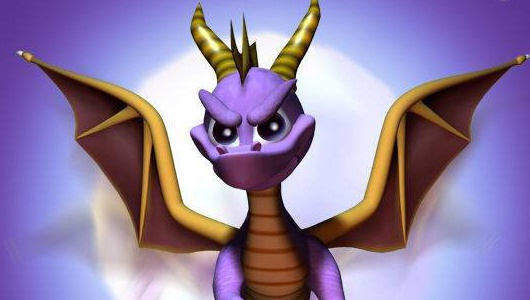
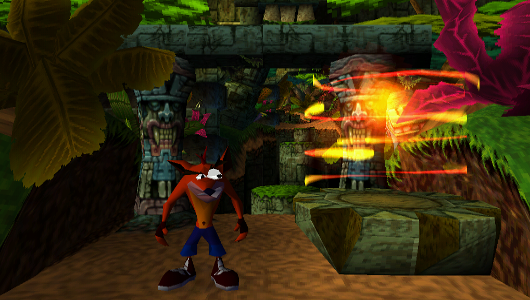
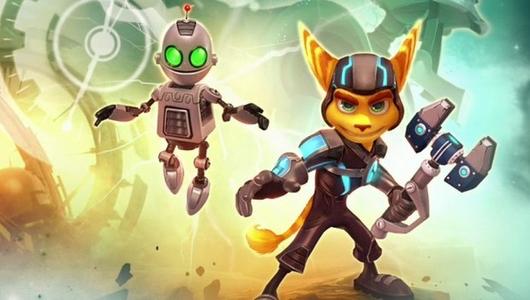
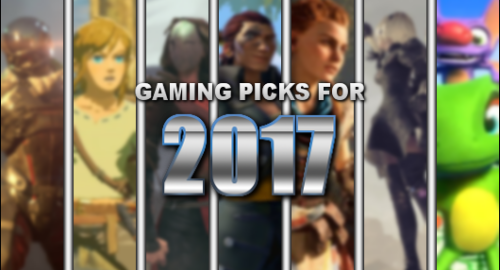
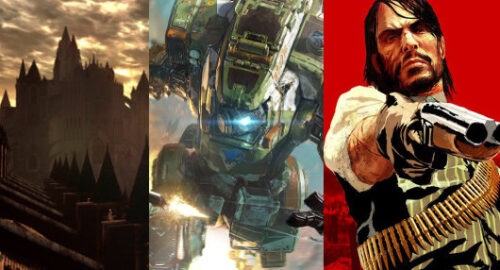
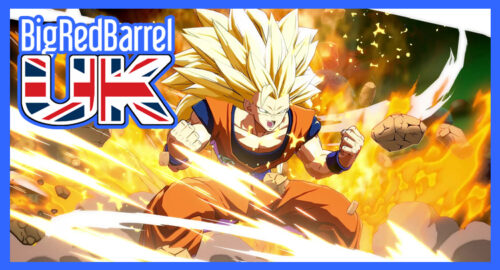
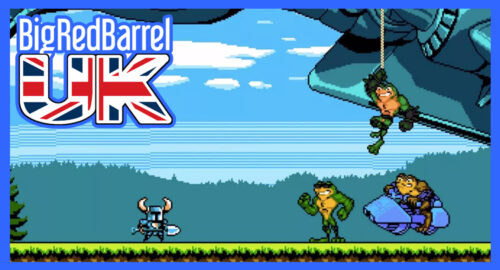
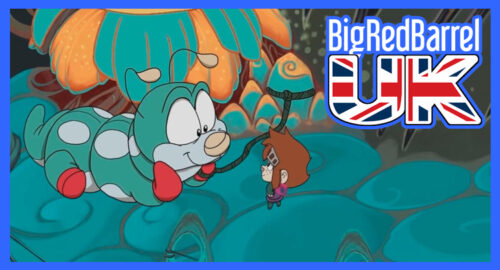
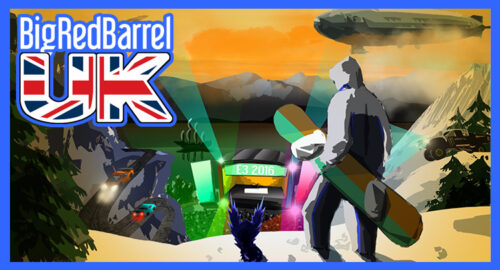
Tim
There is some logic behind the disappearance of 3D platformers. While I would concede that it does not make sense for them to go entirely out of existence they were basically a function of there time – or to put it another way they were quite so prevalent due to the technology available. The increased 3D processing power of consoles such as the N64, in conjunction with the increasing complexity of game design lead to them dominating gaming for a time.
As technology and game design moved past this point it made more sense for games to be seen from a first person perspective and this lends itself better to holding guns than it does jumping on people’s heads! There has been a massive resurgence in 2D platformers due to the technical abilities and knowhow of smaller indie game designers, as well as having greater access to technology that makes this easier to design than it was in the past. It is likely that 3D platformers might come back in fashion as these indie tools increase in complexity and availability and as these smaller teams begin to increase in size.